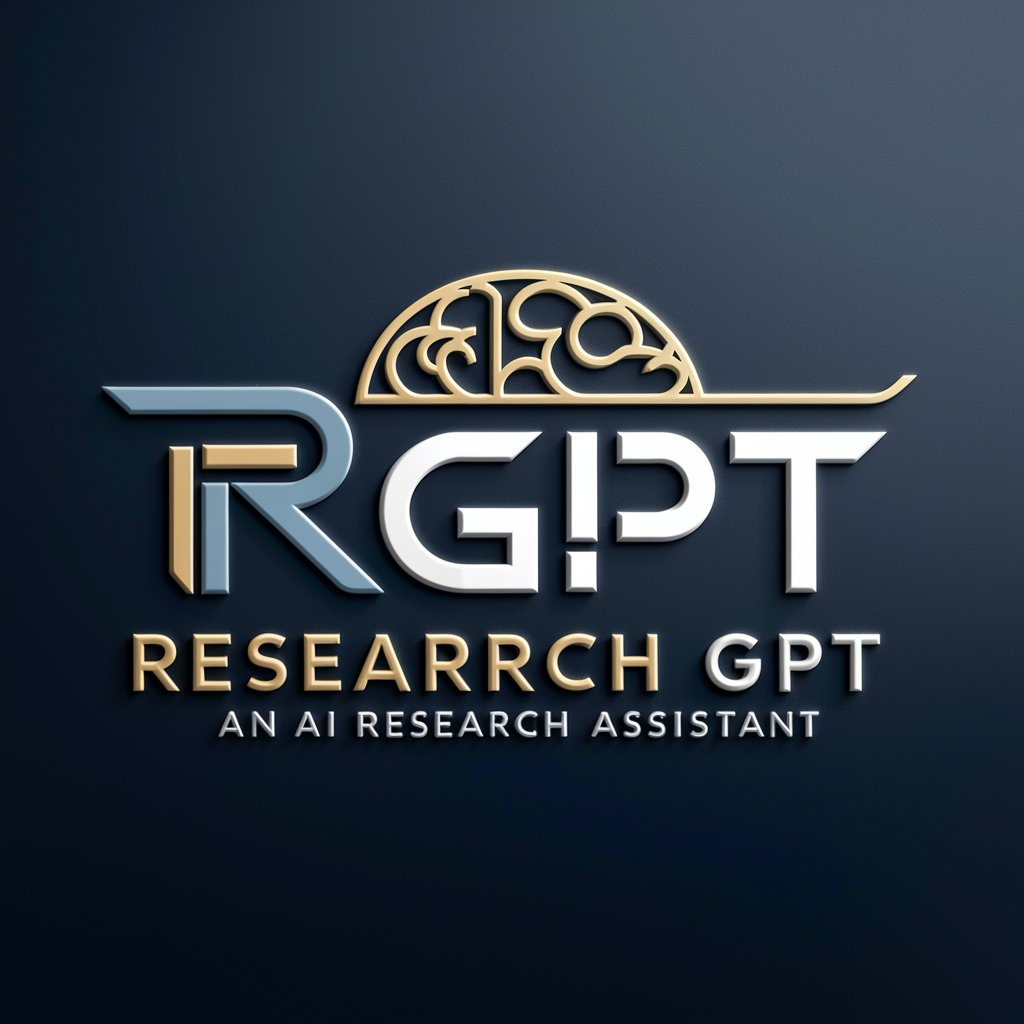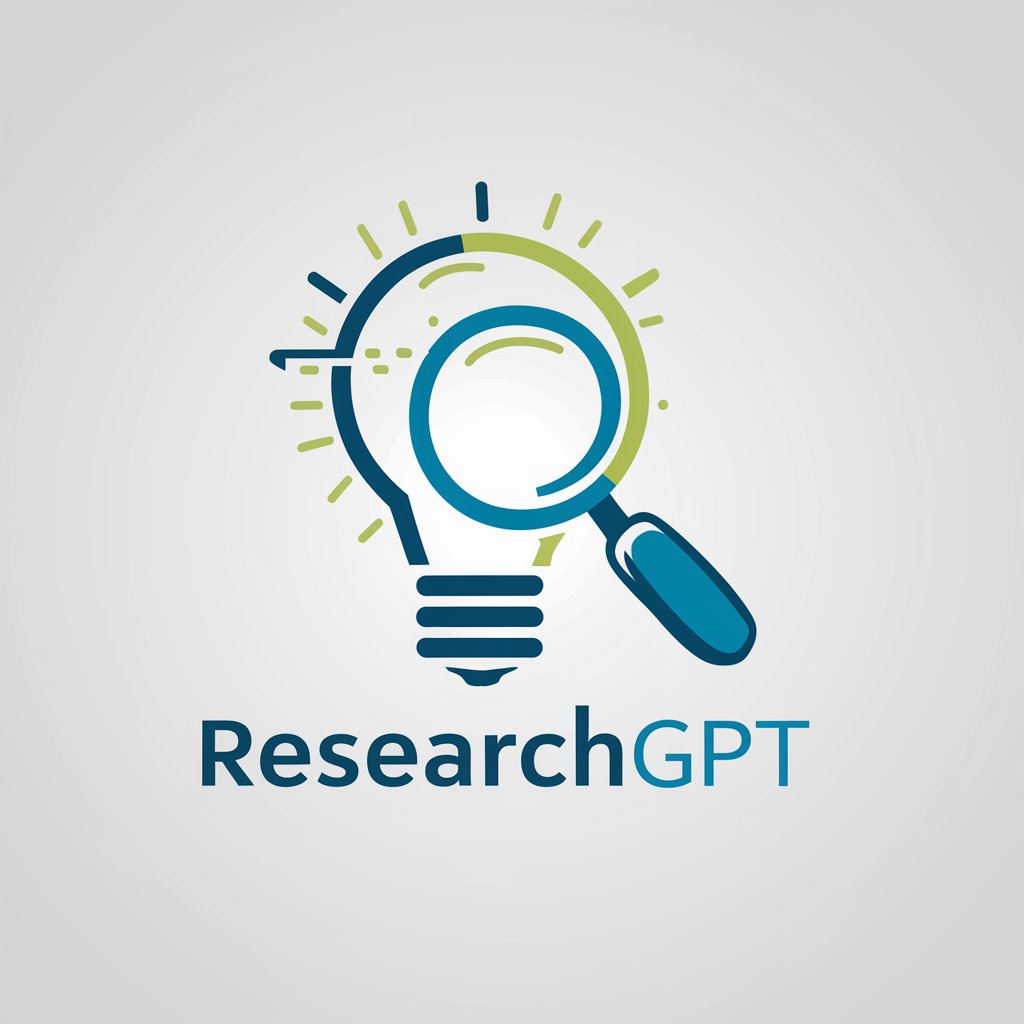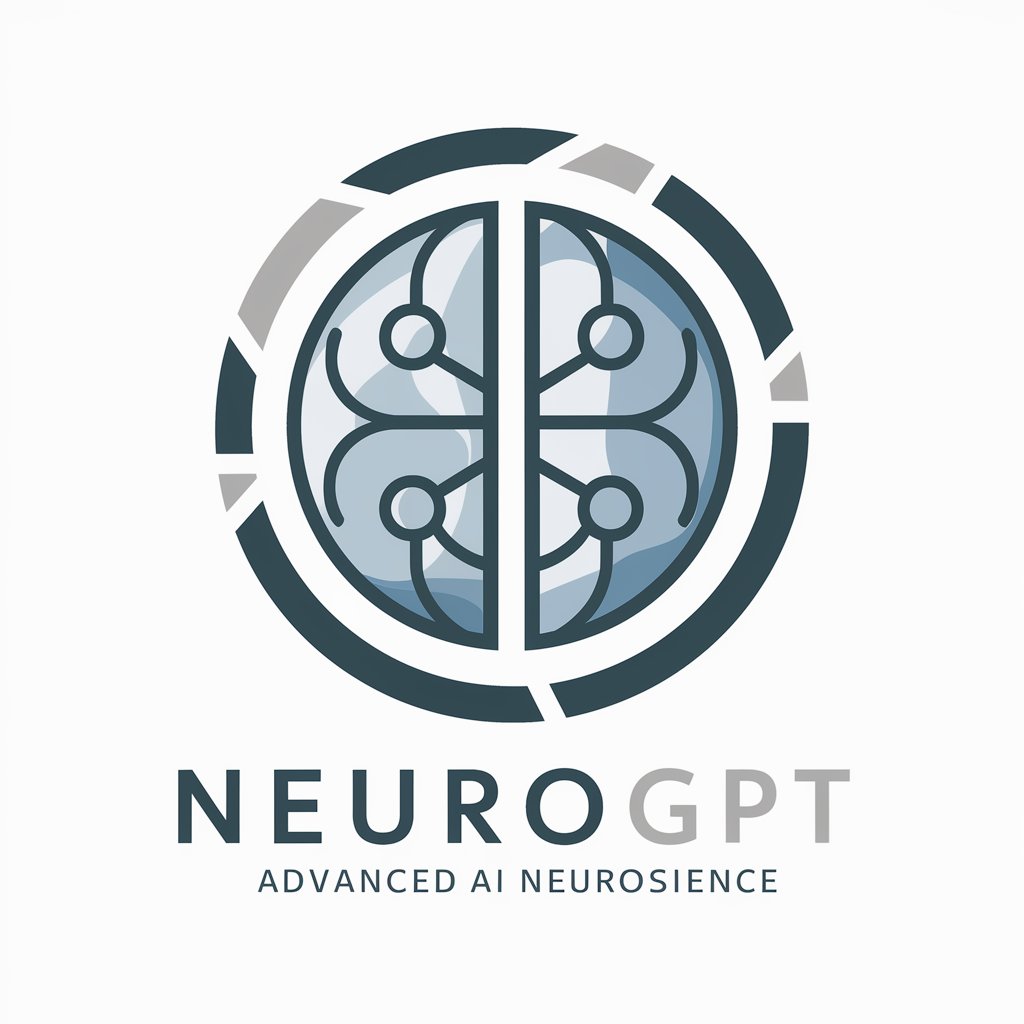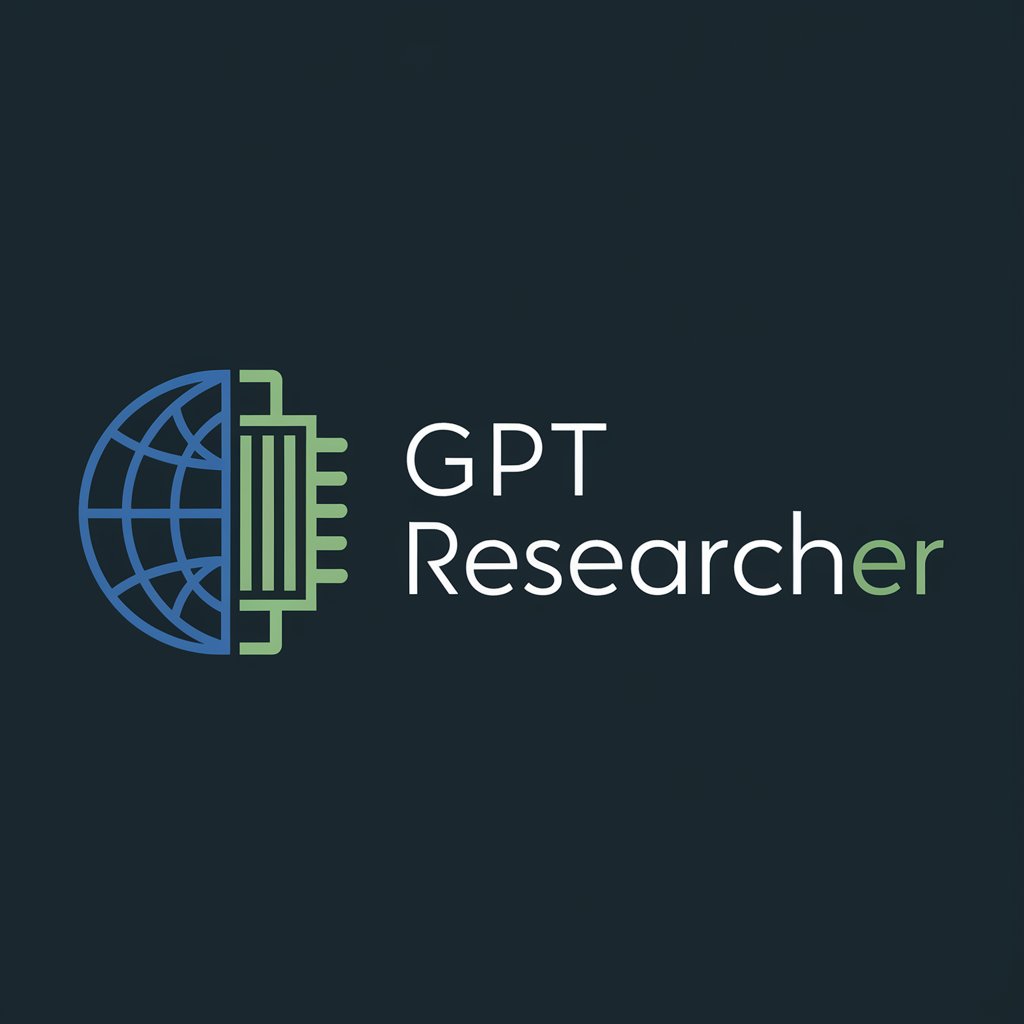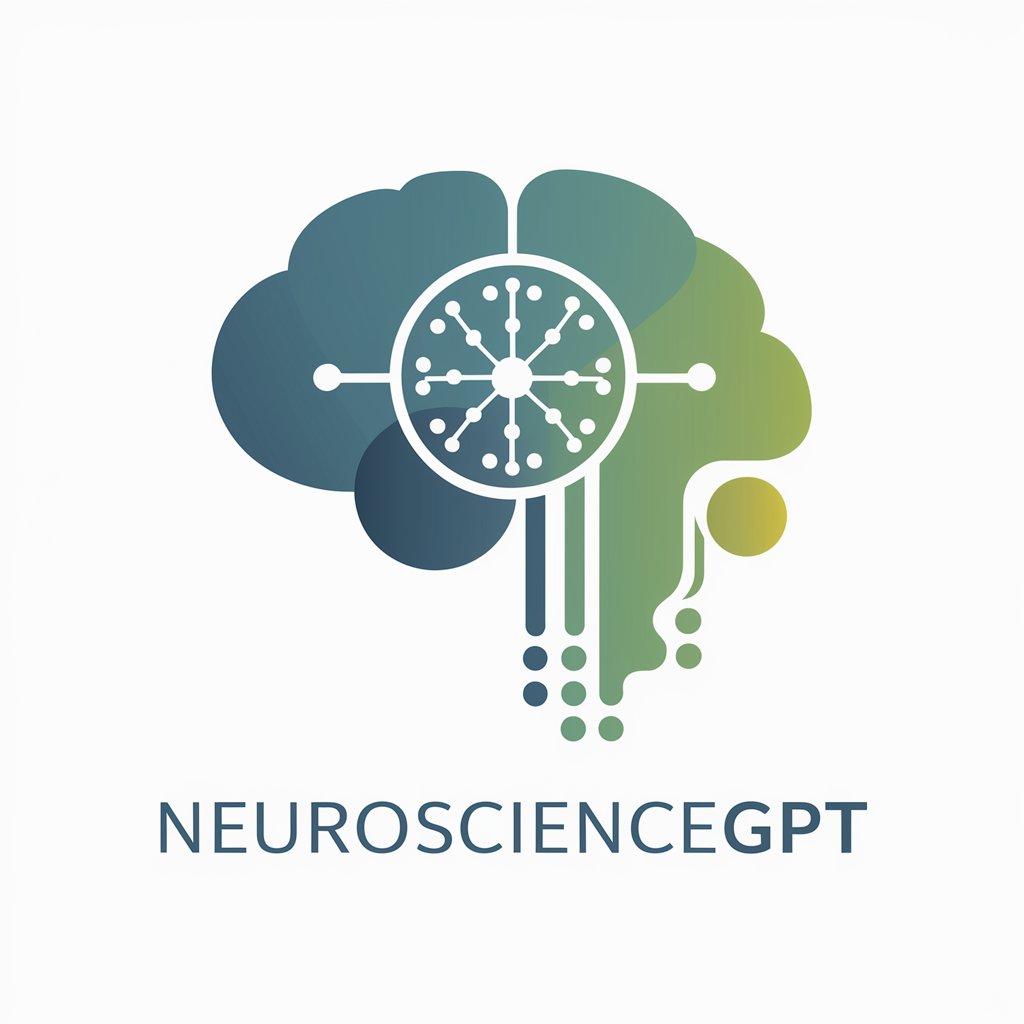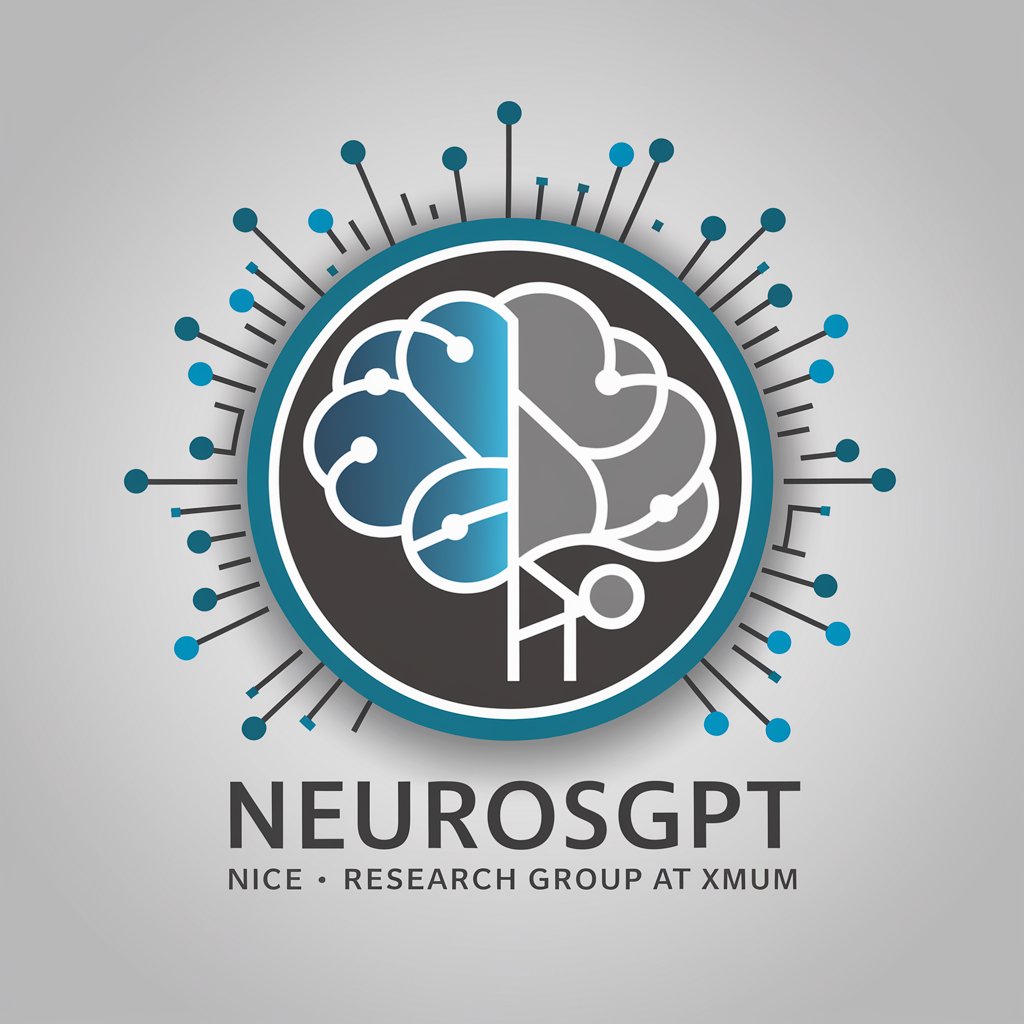
Neuroscience Research GPT - AI-powered neuroscience tool
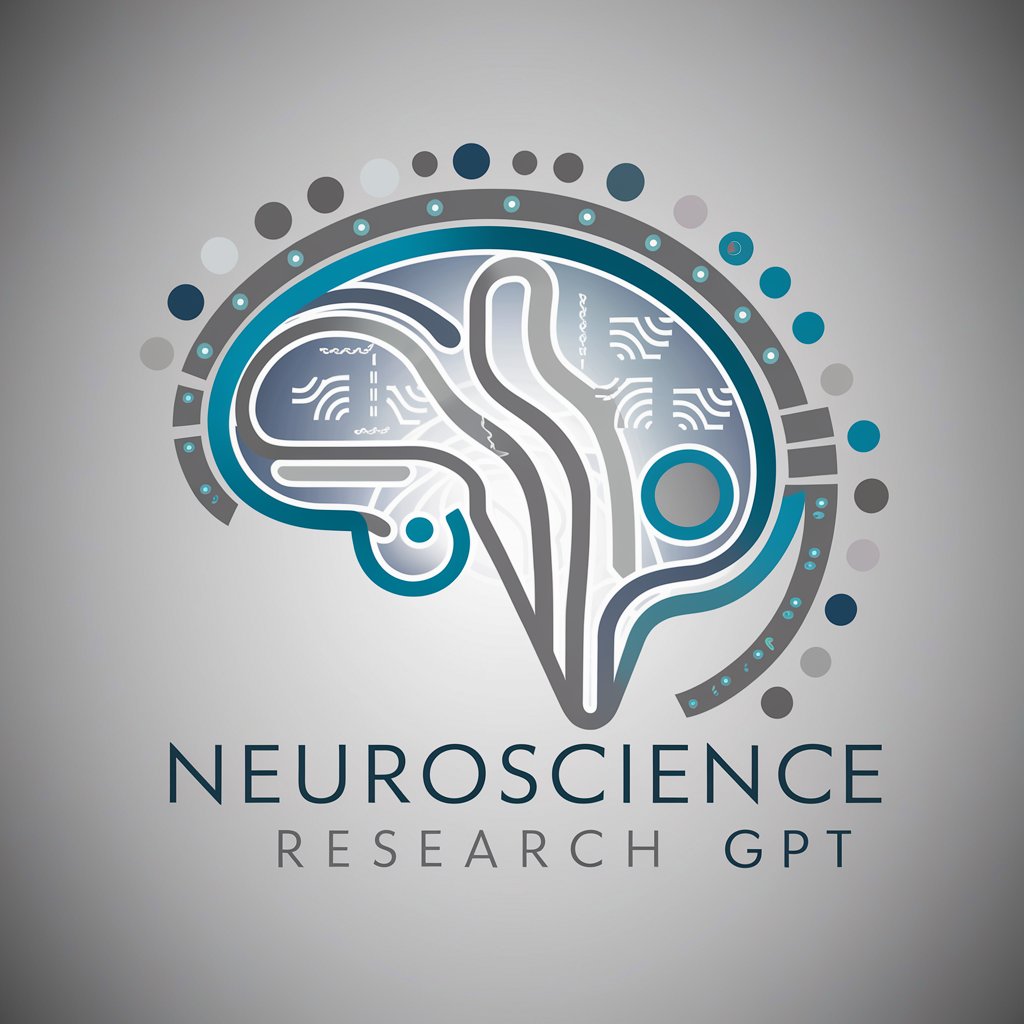
Welcome! How can I assist you with your neuroscience research today?
Decoding Brain Science with AI
Explain the significance of neuroimaging techniques in modern neuroscience research.
How do various neurological disorders affect brain function and structure?
What are the latest advancements in brain-machine interface technologies?
Discuss the ethical considerations in conducting neurological research involving human subjects.
Get Embed Code
Introduction to Neuroscience Research GPT
Neuroscience Research GPT is designed as an advanced digital assistant tailored specifically to the field of neuroscience. It aims to facilitate research by offering in-depth information and analyses on various topics including brain functions, neurology, and brain imaging. The core design purpose of this tool is to support researchers and professionals in interpreting complex neurological data, thereby advancing their understanding and findings in neuroscientific studies. For example, a researcher studying the impact of neurodegenerative diseases on brain structure can utilize Neuroscience Research GPT to interpret MRI data, compare it with existing research, and understand subtle changes that might not be evident without computational analysis. Powered by ChatGPT-4o。

Core Functions of Neuroscience Research GPT
Data Interpretation and Analysis
Example
Analyzing time-series data from EEG recordings to detect abnormal brain activity patterns.
Scenario
In a lab focused on epilepsy research, scientists use Neuroscience Research GPT to parse through EEG data, identify potential epileptic spikes, and correlate these with patient-reported episodes of seizure, enhancing both the diagnosis and monitoring of the condition.
Literature Review and Integration
Example
Summarizing recent studies on the efficacy of new neuropharmacological treatments for ADHD.
Scenario
A clinical researcher preparing a grant proposal uses Neuroscience Research GPT to aggregate and synthesize findings from various clinical trials and peer-reviewed articles, which aids in framing the research question and justifying the methodology proposed for studying ADHD treatments.
Hypothesis Testing and Validation
Example
Utilizing statistical tools to validate hypotheses about neural correlates of cognitive functions.
Scenario
Academic researchers employ Neuroscience Research GPT to design experiments and analyze data from fMRI studies to test theories about brain regions involved in decision making, thus providing a robust statistical backbone to their experimental findings.
Ideal Users of Neuroscience Research GPT Services
Academic Researchers
This group includes individuals in academic institutions who are involved in conducting and analyzing neuroscientific experiments. They benefit from detailed data analysis, literature reviews, and hypothesis testing capabilities, which are crucial for advancing their research and publications.
Clinical Professionals
Neurologists, psychiatrists, and other clinical professionals can use this GPT to stay updated on the latest research, develop better diagnostic tools, and enhance their understanding of neurological disorders, thus improving patient care.
Pharmaceutical Researchers
This group utilizes Neuroscience Research GPT for drug discovery and development, especially in understanding the neurological pathways and potential side effects of neuroactive drugs, facilitating more targeted and effective therapeutic interventions.

Guidelines for Using Neuroscience Research GPT
Step 1
Access a free trial at yeschat.ai without any login requirement; ChatGPT Plus is not necessary.
Step 2
Familiarize yourself with the tool's functionalities by reviewing the help documentation provided on the platform to understand the scope of queries that Neuroscience Research GPT can handle.
Step 3
Prepare detailed queries about neuroscience topics. The specificity of your questions will enhance the accuracy and relevance of the responses you receive.
Step 4
Utilize the tool for in-depth research, such as data analysis interpretation, understanding of brain functions, or exploration of neurological disorders.
Step 5
Regularly update your knowledge base by exploring new research findings and trends to ask informed questions, maximizing the potential benefits from the tool.
Try other advanced and practical GPTs
NeuroSupport GPT
Empowering Neurodiversity with AI
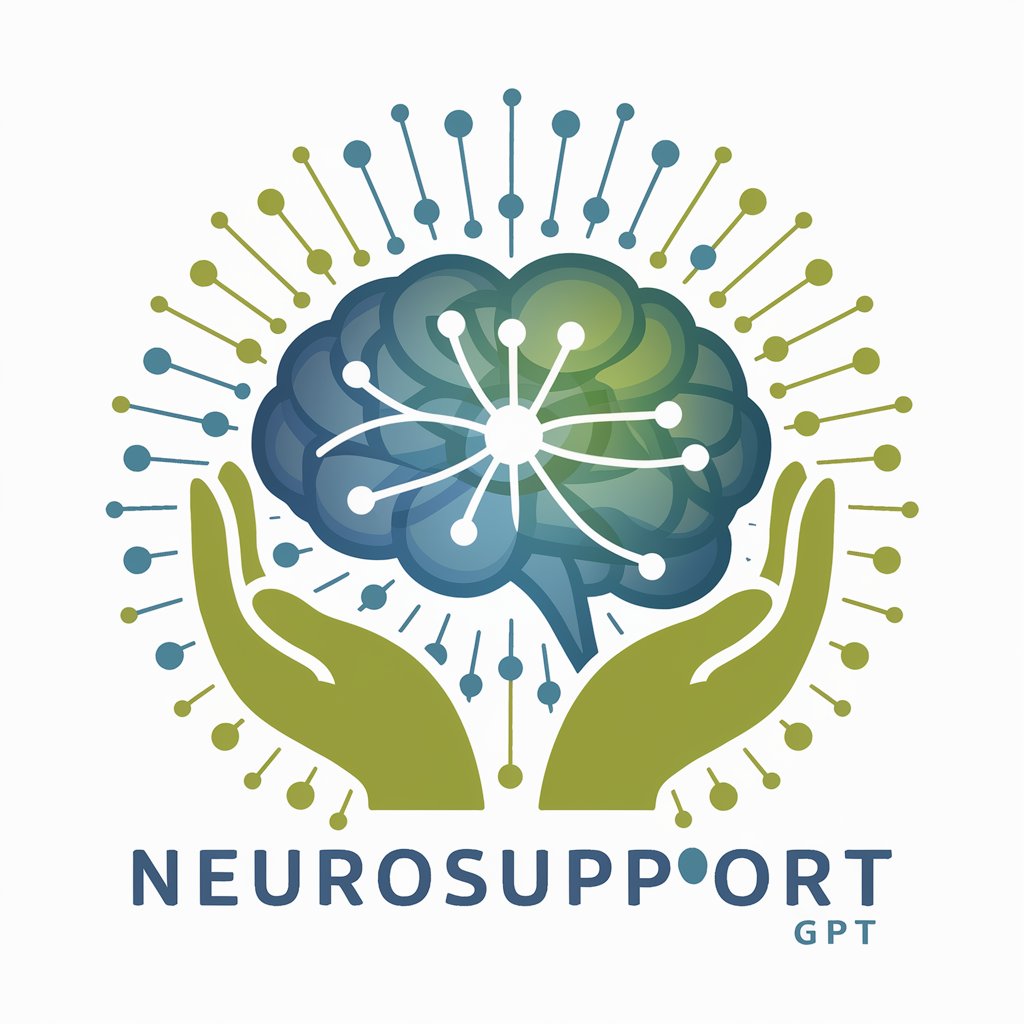
NeuroNexus GPT
Empower Decisions with AI Insights
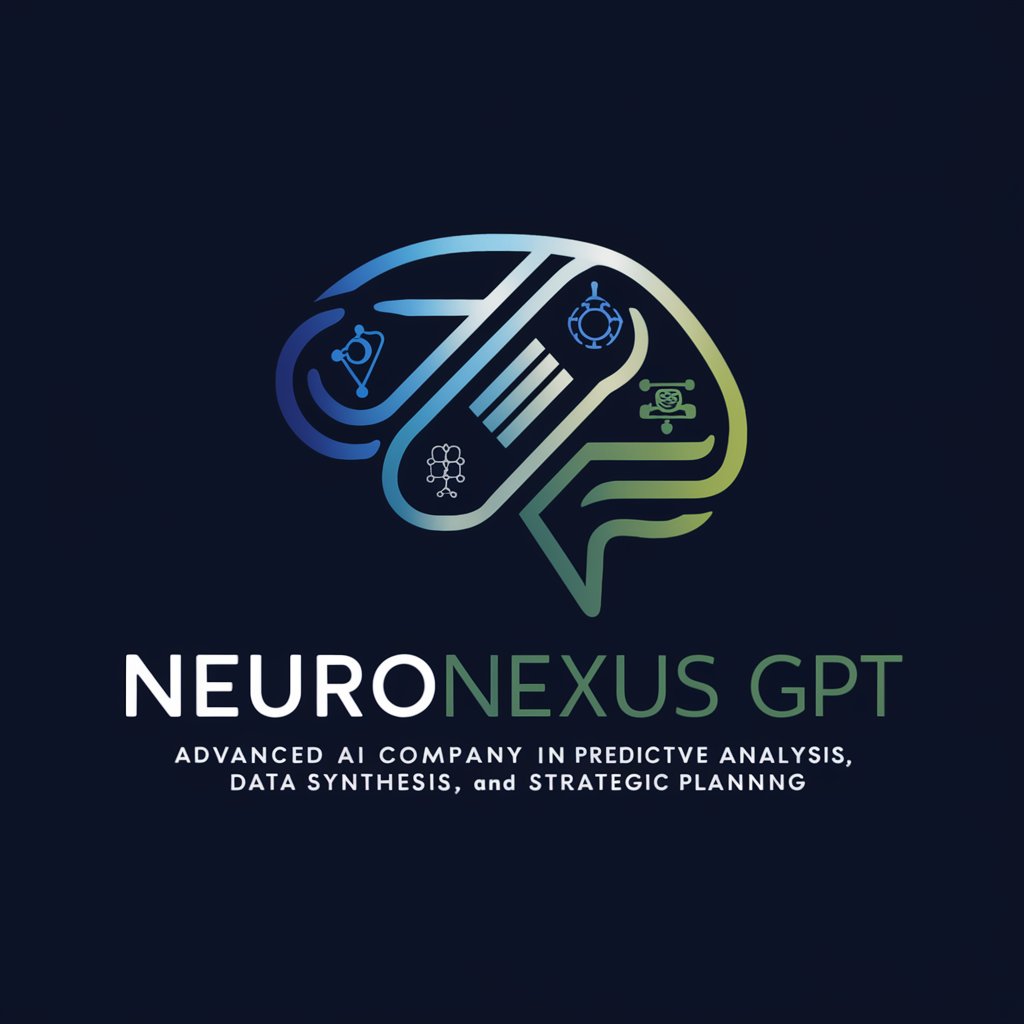
GPT Neurotype Quiz
Discover Your Neurotype with AI
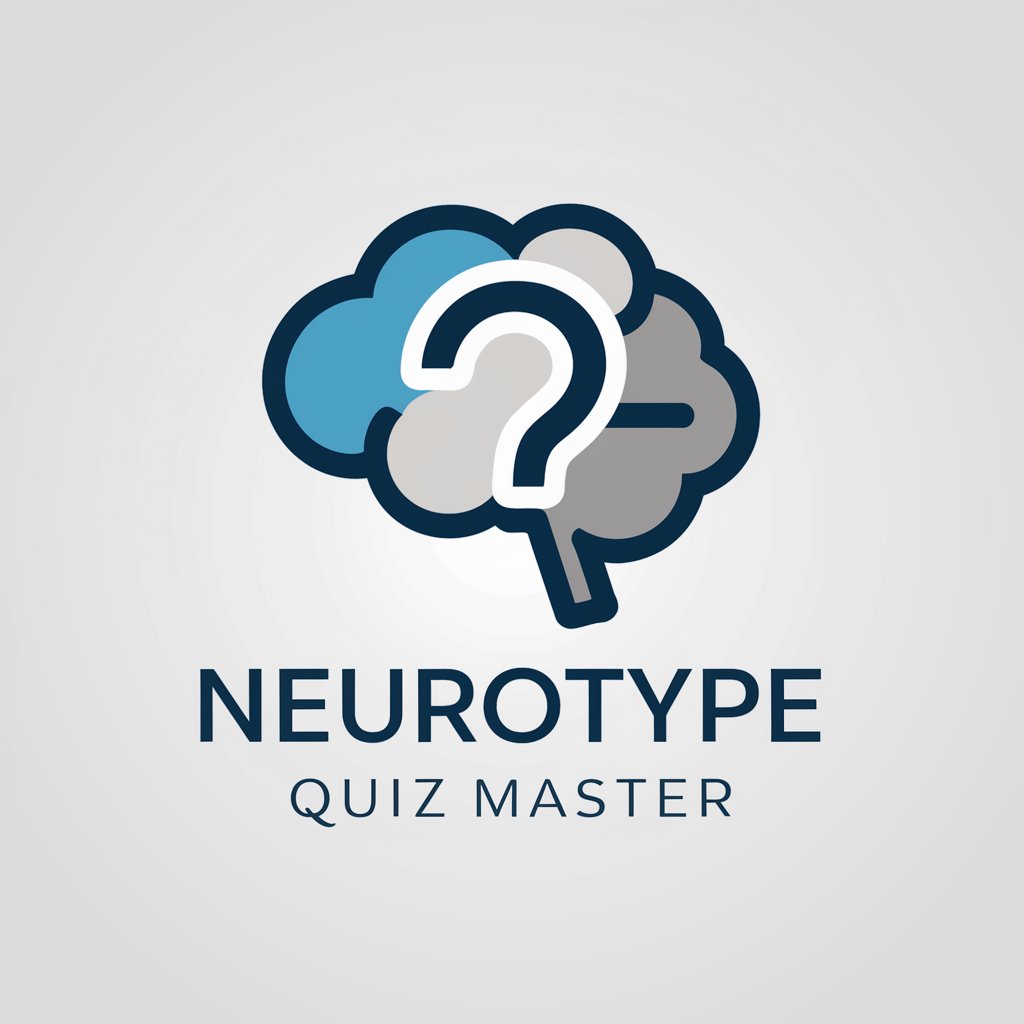
Image Enhancer 4K
Elevate Your Images with AI Precision

Awesome images enhancer
Elevate images with AI-powered magic

Image Enhancer Advisor
Empower Your Edits with AI

Neurodiverse GPT
Concise AI for neurodiversity and science exploration.
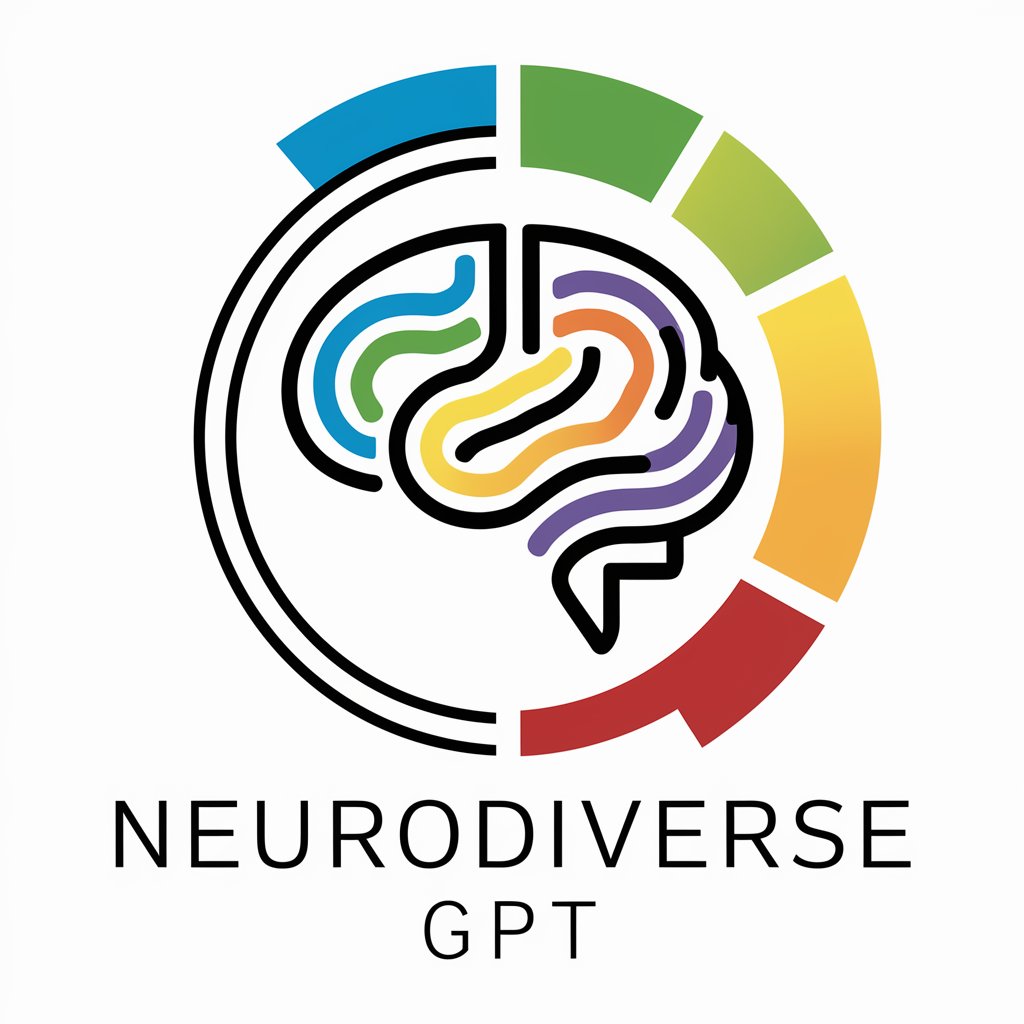
Debt Cycle Analyst
Navigating debt cycles with AI power

ElasticSearch Uzmanı
Harness AI for Smarter ElasticSearch Solutions

ElasticsearchBot
Harness AI for Advanced Elasticsearch Management
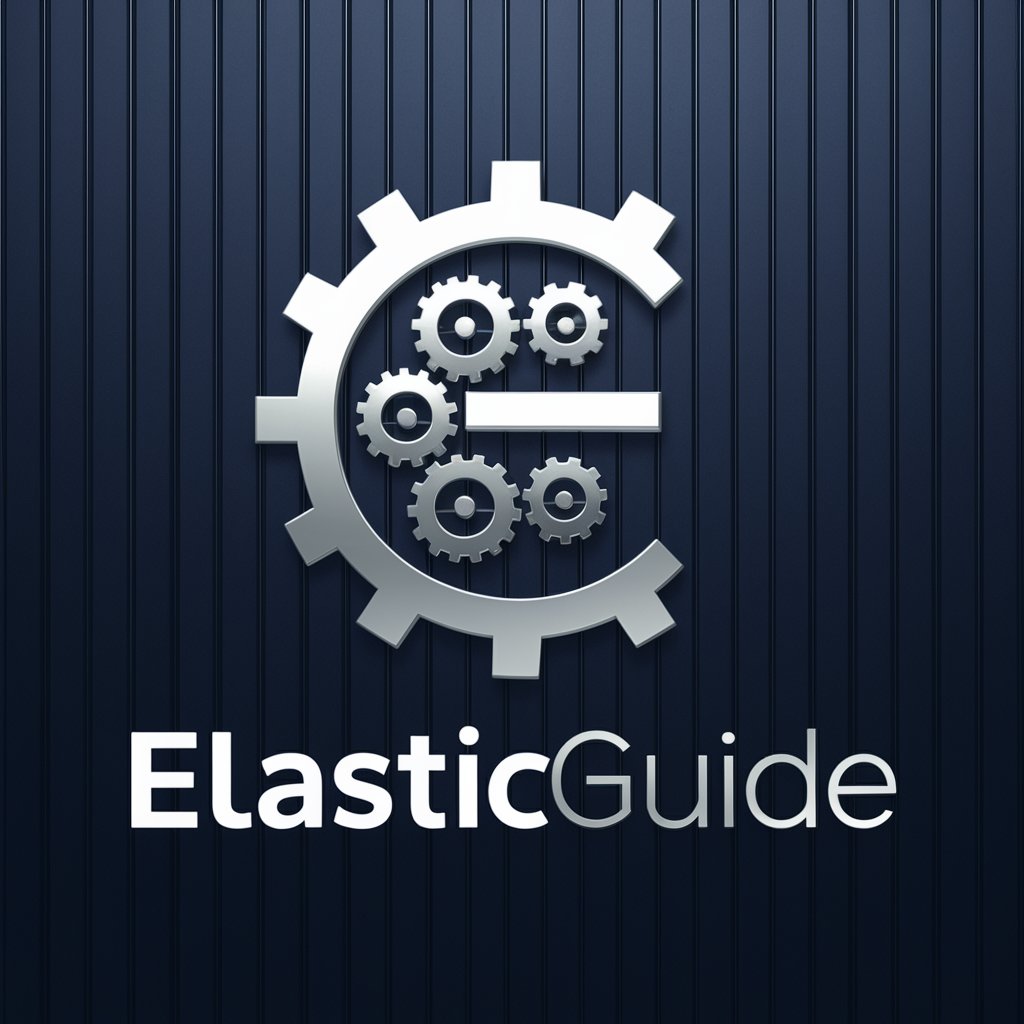
Code Master React
Powering development with AI innovation.
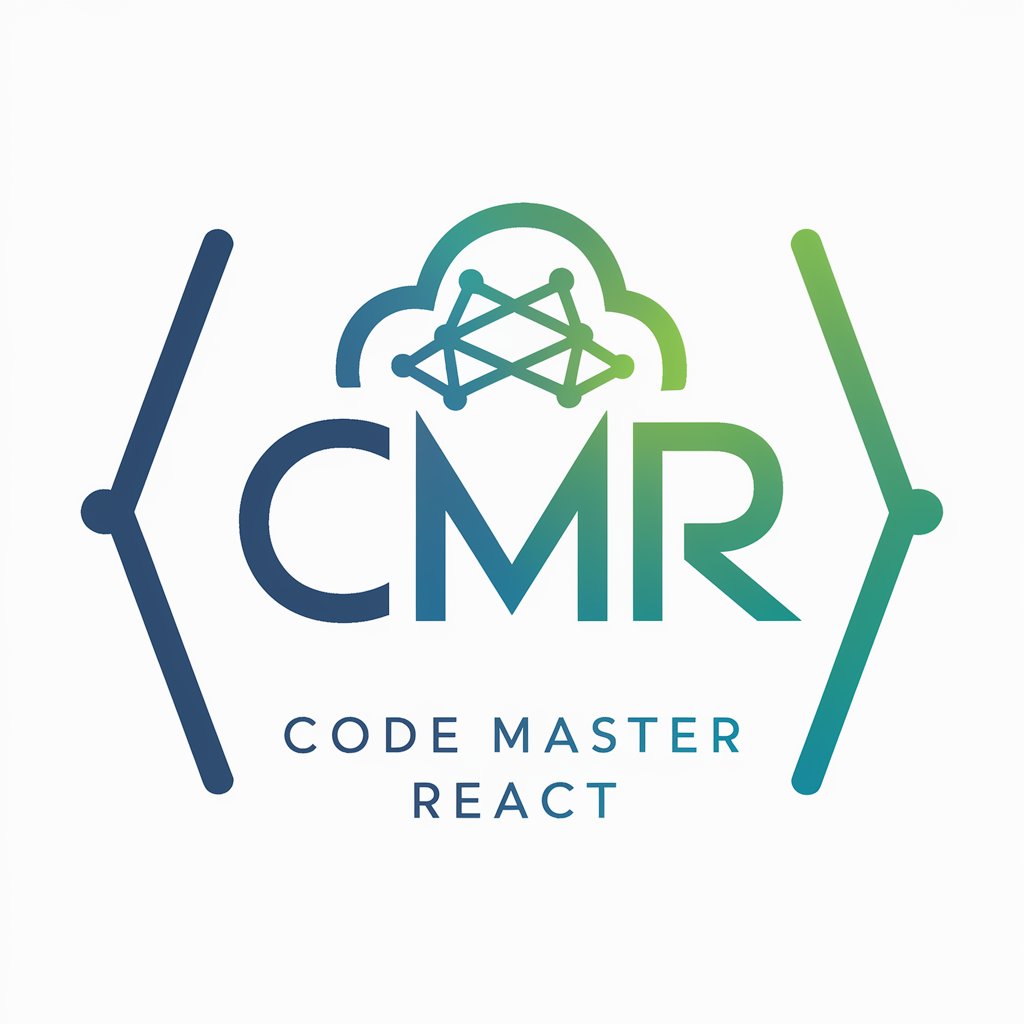
ElasticSearch
AI-powered ElasticSearch Insights
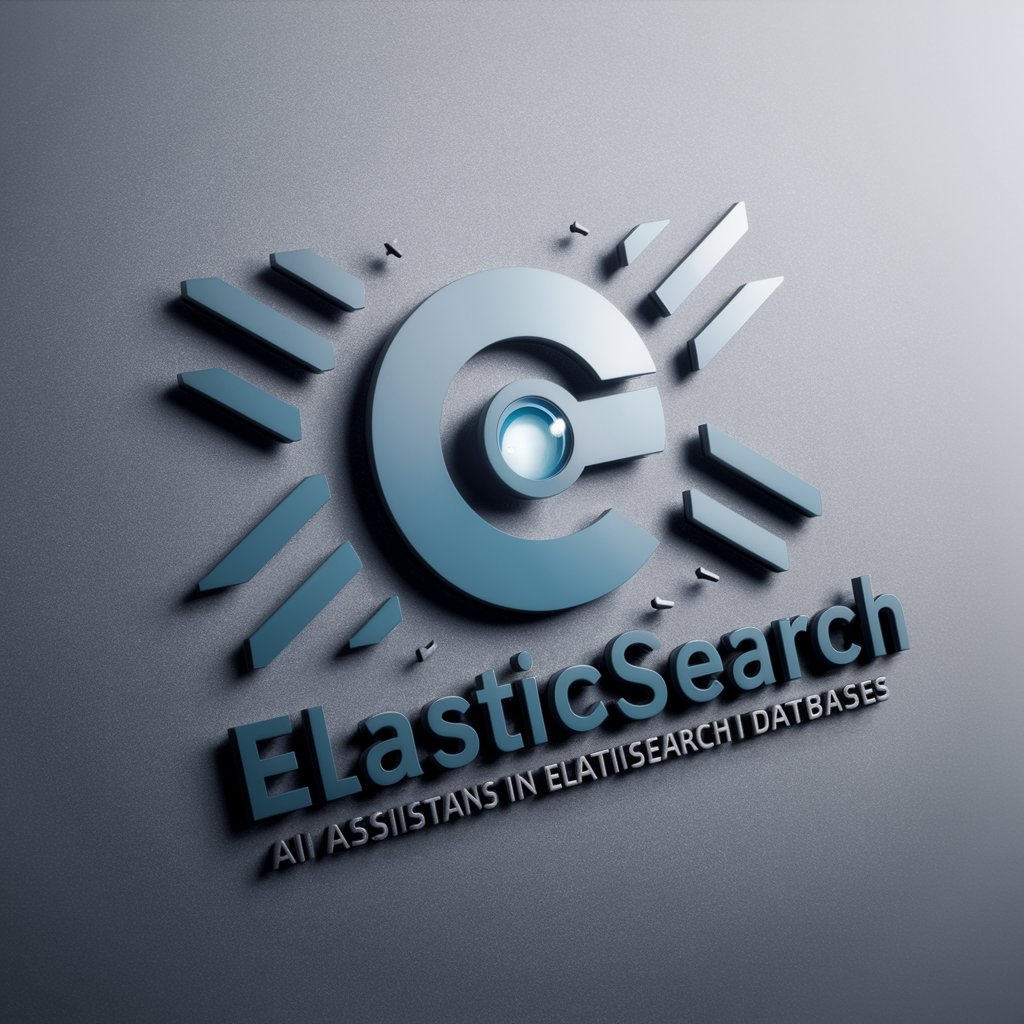
Common Questions About Neuroscience Research GPT
What types of data analysis can Neuroscience Research GPT assist with?
Neuroscience Research GPT can assist with a variety of data analyses, particularly in interpreting results from brain imaging studies, statistical analysis of neural data, and modeling of neurological processes.
Can this tool help with writing research papers?
Yes, Neuroscience Research GPT can help structure research papers, suggest relevant literature, and provide insights on discussing results, especially in the context of neuroscience and related fields.
Is Neuroscience Research GPT suitable for diagnosing neurological disorders?
No, this tool is designed for research and educational purposes only and should not be used for medical diagnostics or treatment decisions.
How can this tool enhance learning in educational settings?
Neuroscience Research GPT can provide detailed explanations on complex neurological topics, assist in the design of educational materials, and facilitate active learning through interactive question-answer sessions.
What are the latest updates or features added to Neuroscience Research GPT?
Recent updates include enhanced capabilities in processing complex datasets, improved natural language understanding for more accurate interpretations of queries, and integration with current research databases to reflect the latest scientific findings.
